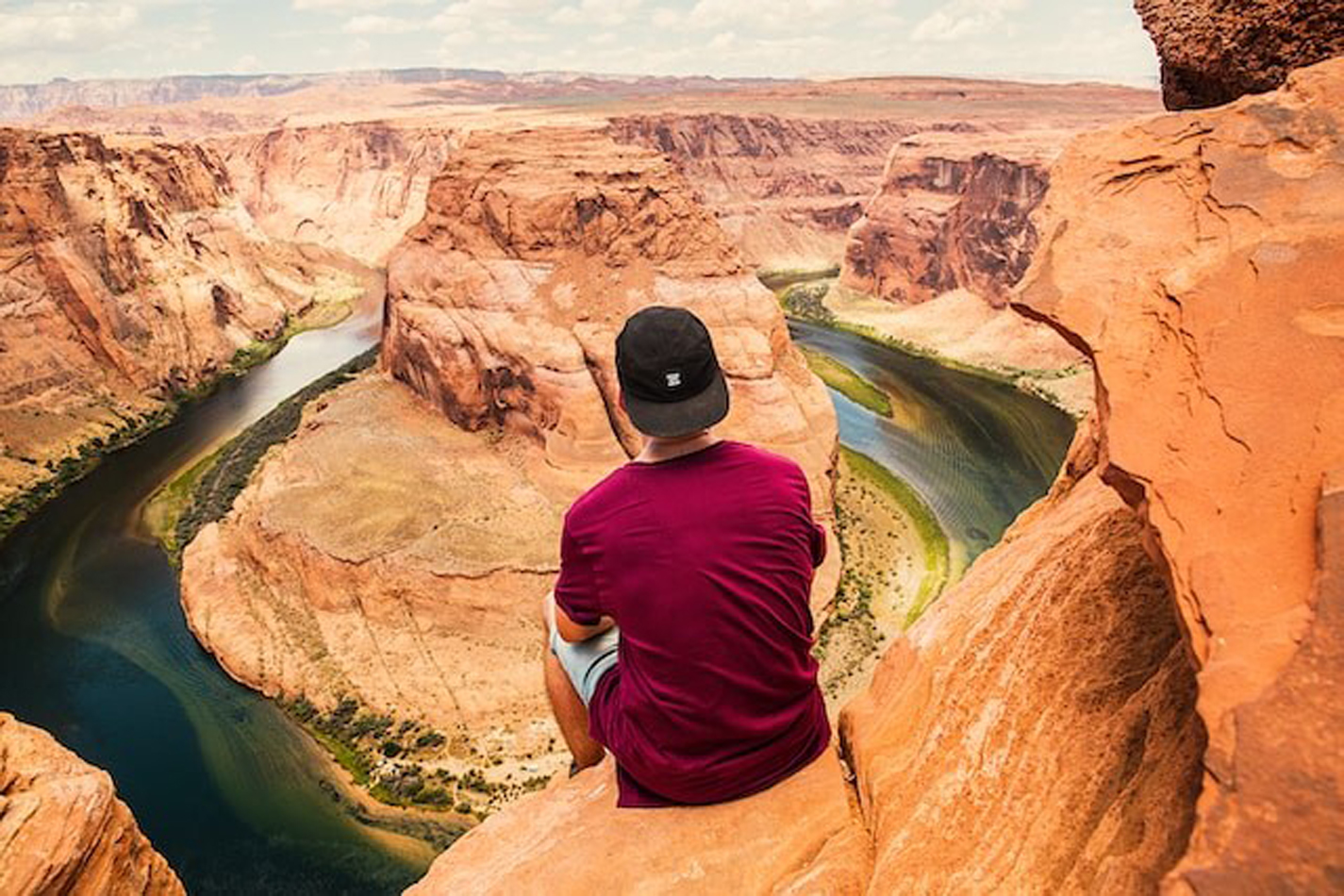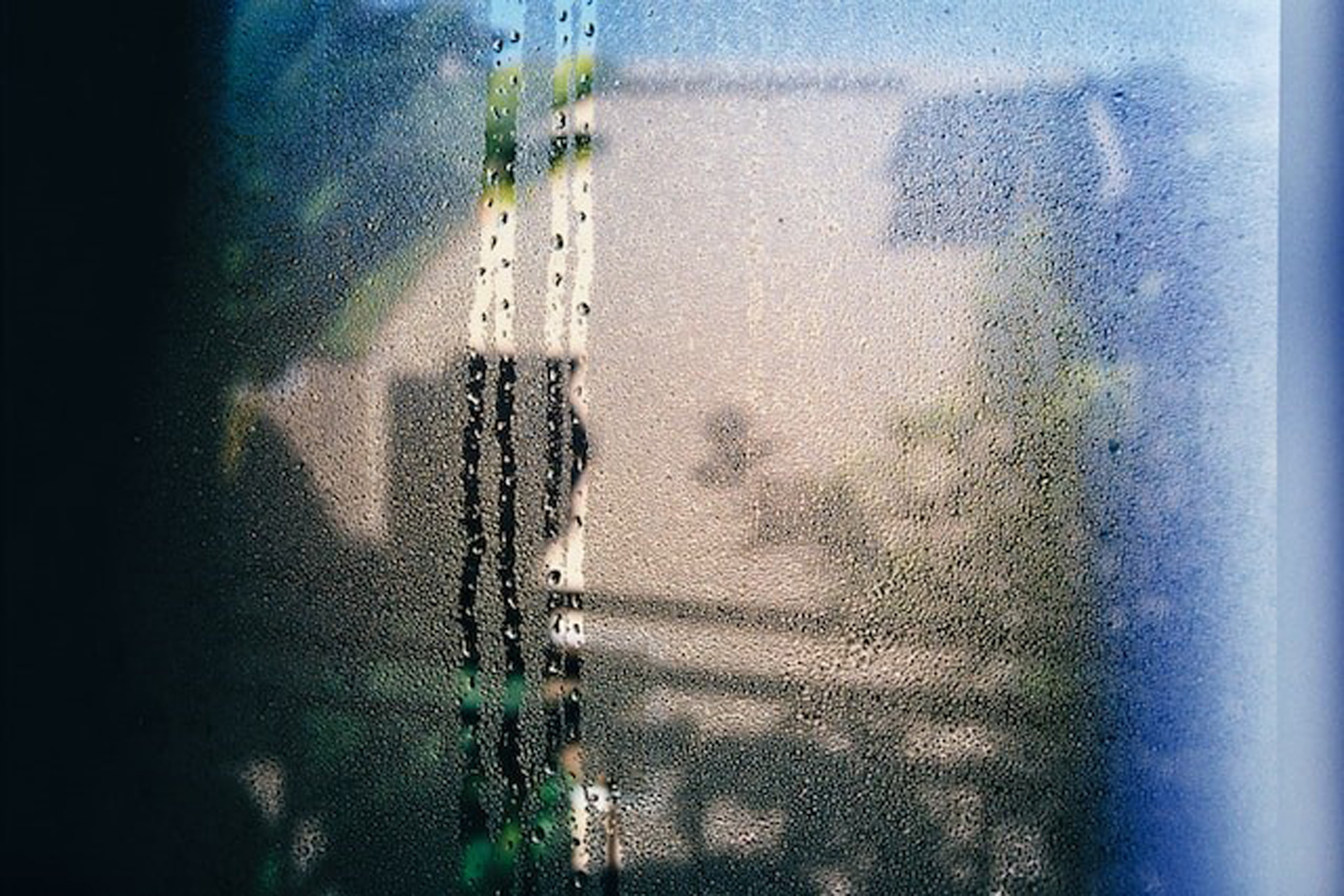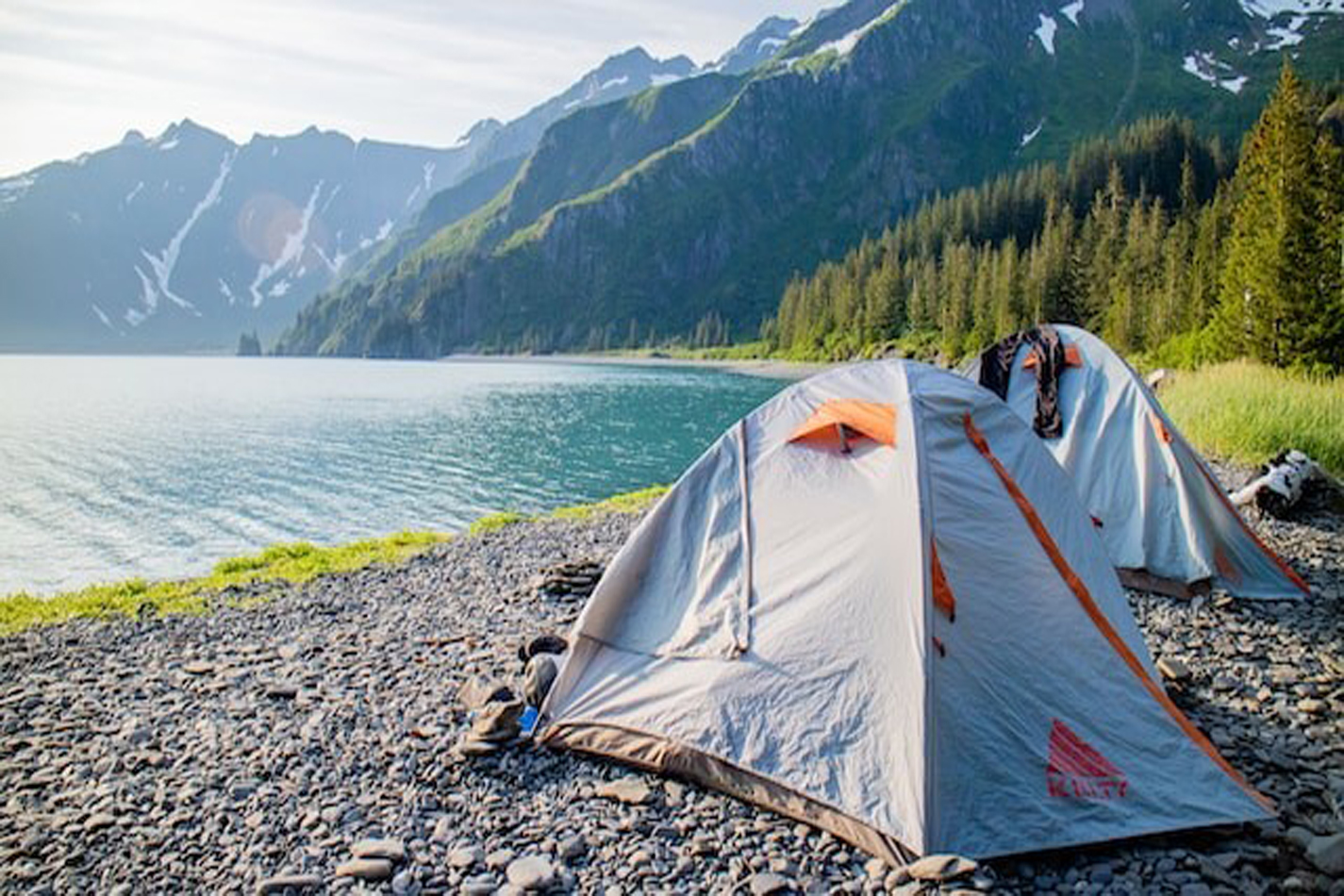One frequently asked question by individuals planning to go camping is whether camping is really expensive? According to a survey report by KOA in 2022, one of the top most reasons campers are not camping in 2022 due to financial reasons, and increased in gas prices.
However, in general, camping is considered a budget-friendly activity. Nonetheless, if you are a first timer camper and considering going camping with friends and family members, it is worth noting that the initial expenses for camping can be relatively high because of the need to acquire essential camping gears.
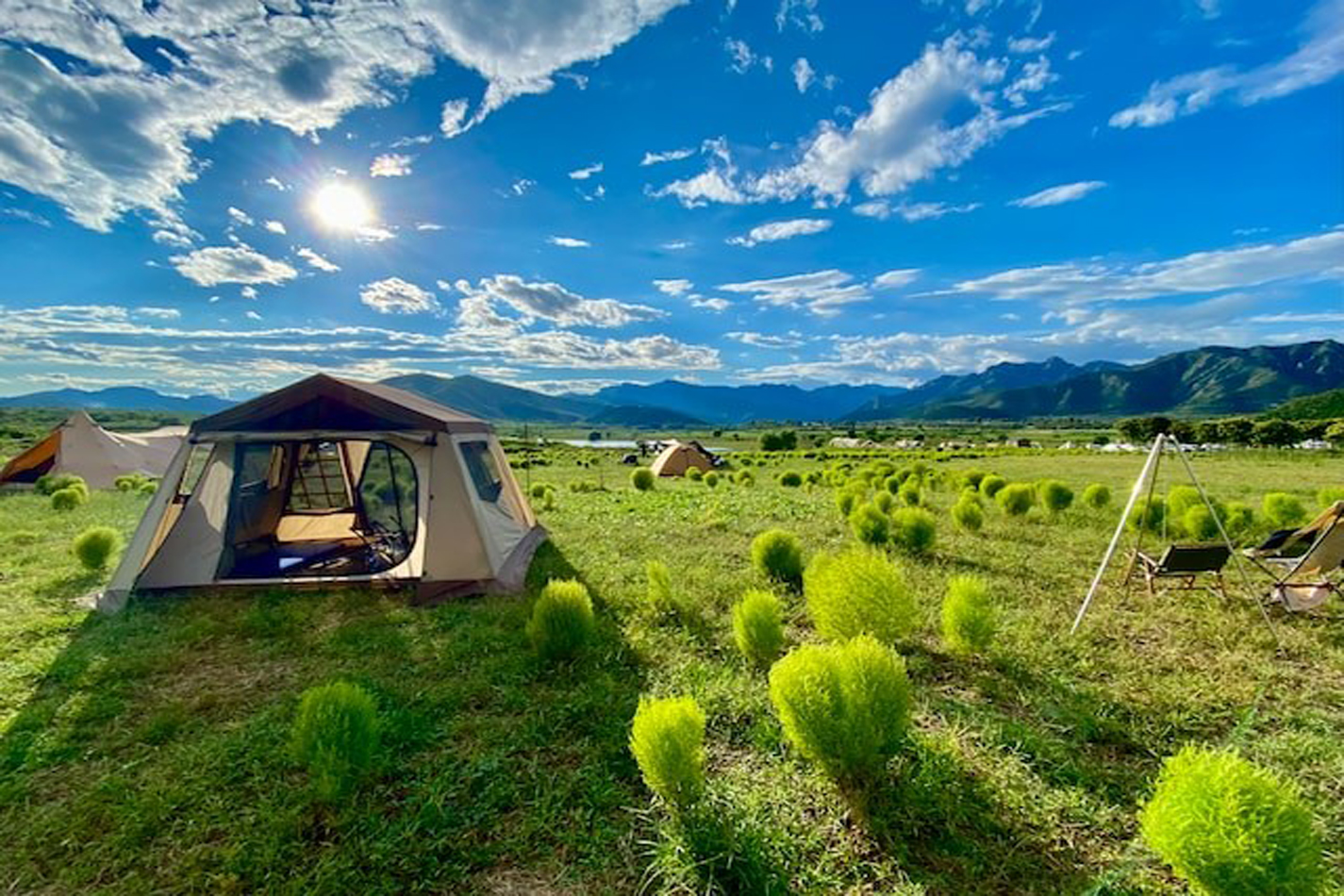
These gears include tent, sleeping bag, sleeping pad, cooking equipment, backpack, footwear and clothing along with other necessary essentials like a headlamp, knife, and navigation tools to name few. So, your initial expenses may be higher than subsequent trips.
Is Camping Cost Effective?
While there are some considerable initial expenses, set aside the gear upgrade over time, camping is often more economical than other travel options. It offers a balance between cost and the unique experience of being in nature. Nevertheless, camping is also getting expensive with the rising inflation, surge in campsite fees, fuel cost, transportation and camping specific food and other equipment.
Camping can be a cost-effective way to enjoy outdoor activities, but the overall affordability depends on various factors and personal choices. Let’s delve into details into the main factors contributing to the overall cost of camping and come up with an estimated cost for each category and most importantly how we can save money to make it cheaper and cost effective?
Is Camping Gears Expensive?
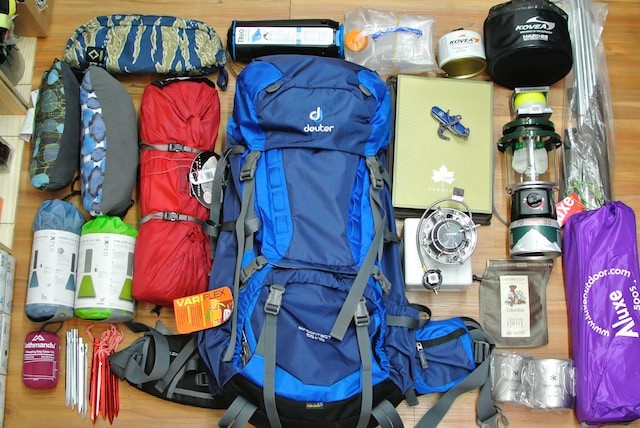
Without the right kind of gear, it won’t be possible for you to camp. You definitely need appropriate gears to help you venture in the wild and protect you from the element.
The major chunk of initial investment goes to camping gears. This include Tent, sleeping bag, sleeping pad, backpack, cooking essentials, and of course first aid kit etc. to name few.
However, investing in quality camping gear is crucial for several reasons, as it can significantly enhance your overall camping experience. Durability and longevity is one of the main reasons.
Quality gear is often made from durable materials that can withstand the rigors of outdoor use, including exposure to the elements and rough terrain.
Reliability of gear in a challenging conditions matters a lot. Premium camping gear is designed to perform well even in adverse weather conditions. Similarly, comfort and enjoyment, performance and functionality, safety and security and weight and packability are some features campers are looking into camping gears.
How much do people spend on camping equipment?
Individuals and families alike dedicate varying budgets to procure essential gear, creating a diverse landscape of spending habits within the camping community. From the budget-conscious to the enthusiasts willing to invest in high-end equipment, the spectrum of expenditures reflects the wide-ranging preferences and priorities of outdoor enthusiasts. Now, let's delve into the array of camping equipment and explore the estimated budgets associated with meeting diverse outdoor needs.
Tent
Tent is one of the basic gear you need for camping. A huge variety of tent is available in the market. The entry level tent can cost around $100 with standard features, however, the price of a good quality tent starts from around $500 to thousand dollars. But this is a one-time investment, and you won’t need to spend on it for your next trips.
The cost of a tent can vary based on factors such as its size, design, brand, and additional features.
To mention few, Dom Tent - freestanding tents with a dome-shaped structure. They are easy to set up and offer good stability will cost $50 - $300 USD. Cabin Tents - Larger tents with straight walls, providing more interior space and height will cost $100 - $500 USD. Canvas Tent made from canvas material, known for durability and weather resistance. This type of tent will cost you $200 - $1,000+ USD. Then we got a Four Seasons Tent, designed for year-round use, providing insulation and protection in winter conditions which costs $200 - $800+ USD.
Backpack
Backpack is an important item in the arsenal. The cost of backpacks can also vary widely based on factors such as brand, materials, design, and features. Low-End backpack can cost you between $25 - $100, while Mid-Range Backpacks $100 - $250. If wana go for High-End Backpacks the cost will definitely go beyond $250.
Sleeping Bag
Sleeping bag is not something you can’t find it easily. The price of sleeping bag ranges from $25 to $200 plus.
When choosing a sleeping bag, consider factors such as the expected temperature range of your camping destinations, your preferred activities, and your budget. High-end sleeping bags are an investment for those who prioritize lightweight, compact designs and need optimal performance in various conditions.
“Mid-range options often strike a good balance for many campers, providing quality insulation without the premium price tag.”Sleeping Pads
This essential item can easily be bought from various available online as well local stores. The low end sleeping pads cost ranges from $20-$50 USD. Similarly, mid-range Price Range: $50 - $150 and High-End Sleeping Pads: Price Range: $150 and above.
Cots represent a viable option, with entry-level models available for around $50 on platforms like Amazon.
Is Hiking or Camping Shoes Expensive?
Entry level hiking and camping shoes with basic features and materials cost you from $50 - $100 USD. Mid-range shoes for camping and hiking purposes will cost around $100 to $150. Brands like Merrell, Columbia, and Keen offer a variety of options in this price range.
Premium hiking and camping shoes with advanced features, technology, and durable materials comes in the price range of $150 – 300+ USD. Well-known brands like Salomon, The North Face, and La Sportiva offer high-end options.
Brands like Arc'teryx, Scarpa, and Lowa produce specialized, high-performance, technical footwear at a premium price i.e. $300+ USD.
Higher-end options often provide better support, durability, and performance, making them a worthwhile investment for those who engage in frequent and demanding outdoor activities.
How to Save Money of Camping Shoes?
It's important to choose hiking or camping shoes based on your specific needs, the terrain you'll encounter, and the duration of your activities. Keep an eye out for sales, discounts, or clearance events, where you might find quality hiking shoes at reduced prices.
Clothing
Clothing include base layer, insulating layer for warmth, waterproof and breathable jacket, Durable, weather-resistant pants, Moisture-wicking socks, Hat, gloves and buff. Prices can vary significantly based on brand, material, and specific features, however, on average all these items will cost you from $200 to $1000 USD.
Kitchen Accessories
Kitchen accessories for camping can vary depending on your specific needs and the type of camping you plan to do. Expect the average total cost around $135 - $760 USD. The cost can further be cut down below $100 if you cut down on few items which you probably don’t need. Here's a list of common camping kitchen accessories and their average costs:
Camping Stove: Cost Range: $20 - $150 USD Options include compact canister stoves, propane stoves, and multifuel stoves. Cookware Set: Cost Range: $20 - $80 USD Typically includes pots, pans, and lids suitable for camping. Camping Utensil Set: Cost Range: $5 - $20 USD Includes basic utensils like knives, forks, spoons, and sometimes cooking utensils. Camping Tableware (Plates, Bowls, Cups): Cost Range: $10 - $30 USD Lightweight and durable options made for camping. Portable Coffee Maker: Cost Range: $20 - $50 USD For coffee enthusiasts, there are compact and portable options. Cooler: Cost Range: $20 - $200 USD Depending on size and features, coolers can vary in price. Can be used for perishable foods or have cold drinks. Water Filtration System: Cost Range: $20 - $100 USD Essential for purifying water from natural sources. Camping Grill: Cost Range: $20 - $150 USD Portable grills for cooking over an open flame or with charcoal. Camp Kitchen Organizer: Cost Range: $10 - $50 USD A storage solution for keeping utensils and cooking tools organized. Collapsible Sink or Basin: Cost Range: $10 - $30 USD Handy for washing dishes and keeping a clean campsite. Optional Table and Chair: $30 to $290
This is also totally optional. However, if you prefer staying at campsite and enjoying campfire at night, we recommend portable chair atleast. Keep in mind that these are average costs, and prices can vary based on brand, quality, and specific features. Additionally, you may already have some kitchen items at home that can be repurposed for camping, helping to reduce costs.
Is First Aid Kit Expensive?
This is something you can build it home for a very low cost. Pick the essentials medications and there you go for as low as $20 to $50 USD.
Camping First Aid Kit Essential Items:
- Basic Supplies (bandages, gauze, tape, etc.)
- Wound Cleaning and Disinfection (antiseptic wipes, solution)
- Bandaging Materials (elastic bandages, triangular bandages)
- Medications (pain relievers, antihistamines, etc.)
- Tools and Instruments (thermometer, scissors, tweezers)
- Skin Care (sunscreen, insect repellent, etc.)
- Emergency Items (whistle, flashlight, etc.)
- Personal Care Items (hygiene products, hand sanitizer)
It's advisable to shop around and compare prices to ensure you get the best value for your budget. Additionally, consider any specific medical needs or activities planned during your camping trip when customizing your first aid kit.
Is Lighting and Power Sources for Camping Expensive?
You will definitely need some source of lighting to lit the area and move around during night comfortably. For the purpose you will need a flashlight or at least a lantern. Lantern will cost around $20 - $60 USD. Headlamp will cost about $15-$50.
If the campground doesn't offer electrical hookups, it's crucial to seek out backup batteries or consider investing in a power bank. While solar power presents a practical solution, it may not be the first choice for new campers.
Roughly for suitable lighting and power up essential electronics during camping you will need to spare around $200 USD and above.
How to Save Money of Camping Gears and Equipment
- Keep an eye on sales, discounts, and clearance events, especially during seasonal transitions.
- Explore second-hand options
- For occasional camping trips or specialized activities, consider renting equipment instead of buying.
- Participate in outdoor gear swaps, expos, or community events where you can buy or trade gear with other outdoor enthusiasts.
- Consider purchasing previous-year models of camping gear.
- Look for package deals on essentials like tents, sleeping bags, and cookware.
- Purchase camping gear during off-season sales when retailers are looking to clear out inventory.
- Consider Multi-Use Items, for example, a versatile tarp can function as a ground cover, rain shelter, or makeshift tent.
- Prioritize essential items and gradually build your gear collection as needed.
Is Camping Transportation Expensive?
The cost of transportation to and from for camping can vary based on factors such as the distance to the camping site, the mode of transportation, and individual preferences. A rough estimate is around $0.50 to $0.75 per mile, considering fuel, maintenance, and depreciation. For example, for a 500-mile trip, this could amount to $250 to $375 USD.
Keep in mind that these are general estimates, and actual costs can vary based on your vehicle's fuel efficiency, maintenance needs, and other factors. Many campers choose car travel for flexibility and the ability to carry camping gear.
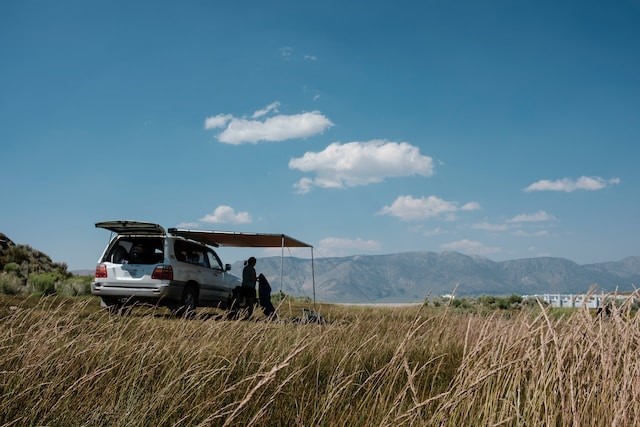
Campers also often seek ways to minimize travel costs, such as camping closer to home. However, many campers prefer road trips, allowing for exploration along the way. There is also a growing popularity of converting vans for camping, combining transportation and accommodation.
RVs and camper vans offer a self-contained camping experience with the convenience of home. Air travel is less common for camping due to limited gear transport and the need for rental equipment.
How to Save Money on Transportation?
Sharing rides with others helps split fuel costs. Similarly, choosing fuel-efficient vehicles or hybrid cars can save on gas expenses. Utilizing buses or trains for part of the journey can be cost-effective.
Choosing campsites closer to home reduces travel costs.
Is Campground Fee Expensive?
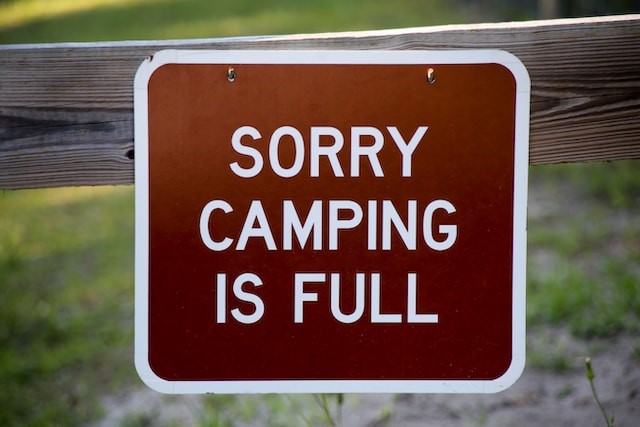
The cost of camping in campgrounds in the USA and Canada can vary widely based on several factors like location, amenities, time of year, reservation type, duration of stay and types of camping i.e. RV or Tent camping.
Likewise, camping in popular tourist areas are more likely to be expensive compared to areas less attracted to tourist. Here are some approximate figures for campground fees in the USA.
Tip: Did you Know - According to North American Campground Report in 2021, sponsored by KOA, almost 67% of the campers prefer to stay in variety of campgrounds.
Public Campgrounds (National Forests, BLM, etc) Cost: $10 - $30 USD per night, State Park Campgrounds cost around $20 - $40 USD per night. Similarly, Private Campgrounds Cost: $30 - $60, while National Park Campgrounds cost: $15 - $40 USD per night. Campground that accommodate RV and resorts cost around $30 - $80+ USD per night. KOA Campgrounds will charge you around $30 - $60+ USD per night.
Please do remember that these figures are averages, and costs can vary based on the factors mentioned earlier. Additionally, discounts may be available for longer stays, through membership programs, or during off-peak seasons.
Entrance Fees, Special Use Fee and Access Pass
In addition to camping fees, many campgrounds, especially those within national parks and other protected areas, may have entrance fees or day-use fees. These fees are separate from camping charges and are typically designed to help support the maintenance and preservation of the park or recreation area.
For example, entrance fee (which is vary for vehicles, motorcycle, and pedestrian) can vary from $10 - $40 USD. Similarly, some campground charge on the head of Day-Use-Fee from $5 - $15 USD. There is special use fee, senior and access passes that on cost from $0 – 80$.
Is Camping Food Expensive?
The cost of food during camping can vary based on factors such as the type of camping, the number of people, dietary preferences, and whether you're cooking your own meals or dining out.
If you cook your own meals, the groceries will cost you around $10 - $40 per day/per person. This estimate includes items like non-perishables, fresh produce, proteins, and snacks.
However, if you prefer the convenience of ready prepared food and dining Out at Campsite Restaurants the cost will from $20 to $55 USD.
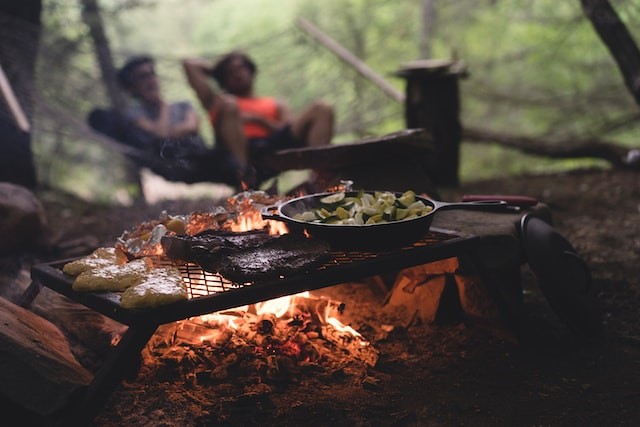
Don’t forget the snacks and beverages cost which roughly can cost you from $5 - $10.
Overall camping meal expense would be around $30 - $95 if you opt for a combination of cooking and dining out.
Actual costs can vary based on individual preferences, the availability of affordable groceries in the camping area, and the specific choices you make. Cooking your own meals tends to be more cost-effective, but dining out can be a convenient and enjoyable part of the camping experience.
How can I save money on food while camping?
Saving on camping food doesn't mean sacrificing quality. Here are some practical strategies to spend less on camping food while still enjoying delicious and nutritious meals:
- Plan your meals in advance to avoid overbuying or last-minute purchases.
- Purchase non-perishable items, grains, and snacks in bulk to reduce the cost per serving.
- Simple recipe - One-pot meals or foil packet recipes are efficient and require fewer ingredients.
- Stock up on non-perishable staples like canned beans, tuna, pasta, rice, and dried fruits.
- Opt for seasonal and local produce, which can be more affordable.
- Use reusable containers for snacks, leftovers, and meal prep to reduce the need for disposable packaging.
- Limit perishable items to essentials to reduce the risk of spoilage.
- Invest in reusable camping cookware and utensils to avoid the need for disposable alternatives.
Final thoughts
Camping is generally considered a budget-friendly activity. However, rising inflation, increased campsite fees, and additional costs like fuel and food impact overall affordability. Gearing up involves varying costs, with tents ranging from $50 to $1,000+, backpacks from $25 to $300+, and hiking shoes from $50 to $300+. Savvy shopping, considering second-hand options, and participating in gear swaps can help save costs. Transportation costs, averaging $0.50 to $0.75 per mile, depend on distance and mode. Campground fees vary from $10 to $80+ per night, while entrance and day-use fees add to expenses. Food costs range from $10 to $40 per day per person if cooking, while dining out can increase expenses to $20 to $55. Saving strategies include bulk buying, meal planning, and investing in reusable cookware. Overall, while camping involves initial expenses, strategic choices can make it an economical and enjoyable outdoor experience.
Frequently Asked Question (FAQs)
Q: Is camping expensive?
Camping is generally considered a budget-friendly activity, but initial expenses for essential gear can be relatively high. Factors such as rising inflation, increased campsite fees, and additional costs like fuel and food may impact overall affordability.
Q: Is camping cost-effective?
Despite initial gear expenses, camping is often more economical than other travel options. It strikes a balance between cost and the unique experience of being in nature. However, rising inflation, campsite fees, and other costs can impact affordability.
Q: Why is camping gear expensive?
Quality camping gear is considered an investment owing to various critical factors, including durability, reliability in challenging conditions, comfort, performance, and functionality. The use of high-quality materials, thoughtful design, and advanced features contributes to the higher price range, ultimately ensuring that the gear can withstand the rigors of outdoor use. While these features may push the prices towards the upper end, the long-term benefits and enhanced camping experience provided by such gear far outweigh the initial investment.
Q: How can I save money on camping food?
Practical strategies to spend less on camping food include planning meals in advance, purchasing non-perishable items in bulk, opting for simple recipes, using reusable containers, limiting perishable items to essentials, and investing in reusable camping cookware. These strategies can help reduce costs while still enjoying delicious and nutritious meals.
Q: Does camping save money?
Camping can be a cost-effective way to enjoy outdoor activities, offering a balance between cost and the unique experience of being in nature. However, rising inflation, increased campsite fees, and additional costs like fuel and food may impact overall affordability.
Q: How can I save money on camping gear and equipment?
Savvy shopping strategies include keeping an eye on sales, exploring second-hand options, renting equipment for occasional trips, participating in gear swaps, and purchasing previous-year models during off-season sales. Prioritizing essential items and gradually building your gear collection can also save costs.
